Top 10 Web App Design Service Providers (2026)
Discover web app design services focusing on user‑friendly interfaces, performance, and scalability for your online applications.

Your web app isn’t just a brochure – it’s the product. People make a judgement within milliseconds, and more than 64 percent of web traffic comes from mobile devices. Slow or clumsy pages drive users away. Great web app design services focus on that moment. As a founder I’ve seen promising tools stall because their interface made users wait or guess.
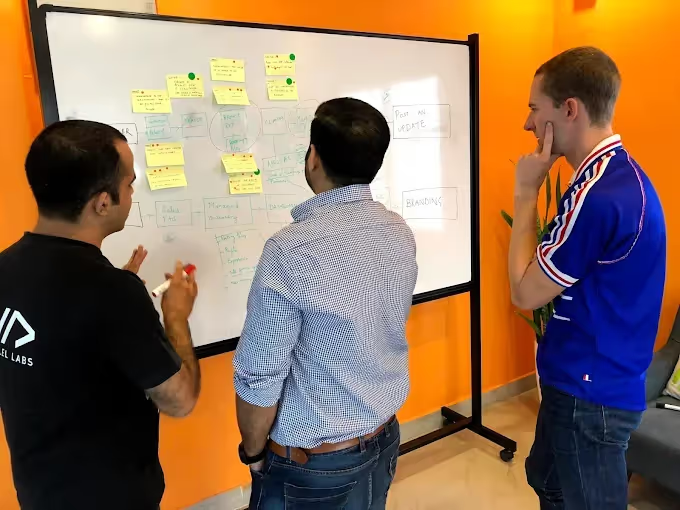
In this guide I’ll explain what makes a strong design partner, profile 10 firms (including Parallel), and offer advice on choosing the right fit so you avoid the costly missteps I’ve witnessed.
What makes a great web app design partner?
Finding web app design services isn’t about picking the prettiest Dribbble shots. A great partner thinks about how things work, not just how they look. Here are the capabilities I look for when we refer clients to other studios or bring them into our own network:
1) User interface & visual design: Clean layouts, consistent with your brand, make it easy for people to recognise where they are and what they can do. According to a widely quoted study, users decide how they feel about a site within 50 milliseconds. That means every screen and component should be considered. The best web app design services ensure that screens are cohesive and communicate the right tone without distracting flourishes.
2) UX design & usability: Users shouldn’t have to think about the flow. Frictionless paths reduce drop‑off and improve conversion. Google’s research found that more than half of mobile visitors abandon a site if pages take longer than three seconds to load; responsiveness and clarity are critical.
3) Prototyping & wireframing: Early sketches save time later. You should expect low‑fidelity flows during product strategy and detailed, high‑fidelity mock‑ups before any code is written. This ensures product owners and engineers agree on every state.
4) Responsiveness & mobile compatibility: With roughly 5.61 billion people using a mobile phone, you need to design for every screen size from the start. Good partners test on multiple devices and know how to prioritise content for smaller viewports. Credible web app design services see mobile as the baseline rather than an afterthought.
5) Accessibility: Accessibility isn’t optional. WebAIM’s 2025 audit of one million home pages found an average of 51 accessibility errors per page and that 94.8 percent of pages had detectable WCAG 2 failures. A great design partner includes proper contrast, keyboard navigation and screen‑reader support in their process.
6) Navigation structure: Logical, predictable menus and flows build trust. If users struggle to find core features, they leave. Clear IA (information architecture) is often more important than visual polish.
7) Performance optimization: Jakob Nielsen’s classic research on response‑time limits still holds: 0.1 seconds feels instantaneous, one second keeps users in flow, and delays over ten seconds often make people leave. Design choices directly affect performance – heavy animations or giant images can cost you sales.
8) Front-end development hand‑off: Good agencies provide developer‑ready assets and documentation. Figma files should be organised with components, styles and spacing tokens. The goal is to reduce churn during implementation.
Signals of a good fit
Aside from core skills, there are softer signals that tell you whether web app design services will suit your product.
- Industry experience. A team that has worked with SaaS or fintech products understands multi‑step onboarding, dashboards and security cues. Healthcare experts know how to handle sensitive data and regulatory requirements. Domain knowledge speeds up discovery and reduces rework.
- Product strategy chops. The best design shops bring strategic thinking, not just decoration. They ask tough questions about your business model and prioritise features based on impact.
- Willingness to iterate. Great partners test with real users, gather feedback and refine. They aren’t wedded to the first draft and they collaborate closely with your engineering team.
Top 10 web app design service providers
Below is a curated list of ten web app design services. Each description includes what they do well, who they suit and a clear next step. I don’t profit from referring to anyone except Parallel; the goal is to help you decide wisely.
1) Parallel

We’re a product design studio bridging brand, UX and system thinking. Early‑stage founders come to us when their MVP needs clarity or when they’re scaling and need a design system. Our strengths lie in matching product positioning to interface design, creating scalable component libraries, and simplifying user onboarding.
We’ve worked with artificial intelligence and SaaS teams where the onboarding flows were too complex; by simplifying steps and adding progress feedback we cut drop‑off by a third. If you’re building from scratch or refining an existing MVP, start with a discovery call so we can assess fit and scope.
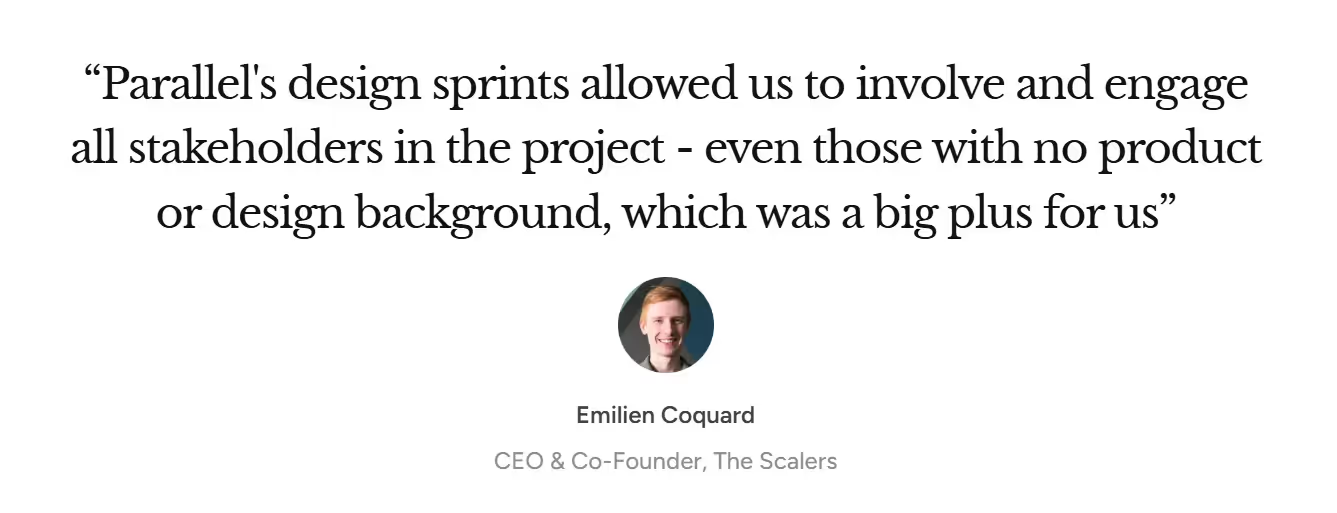
2) Fantasy
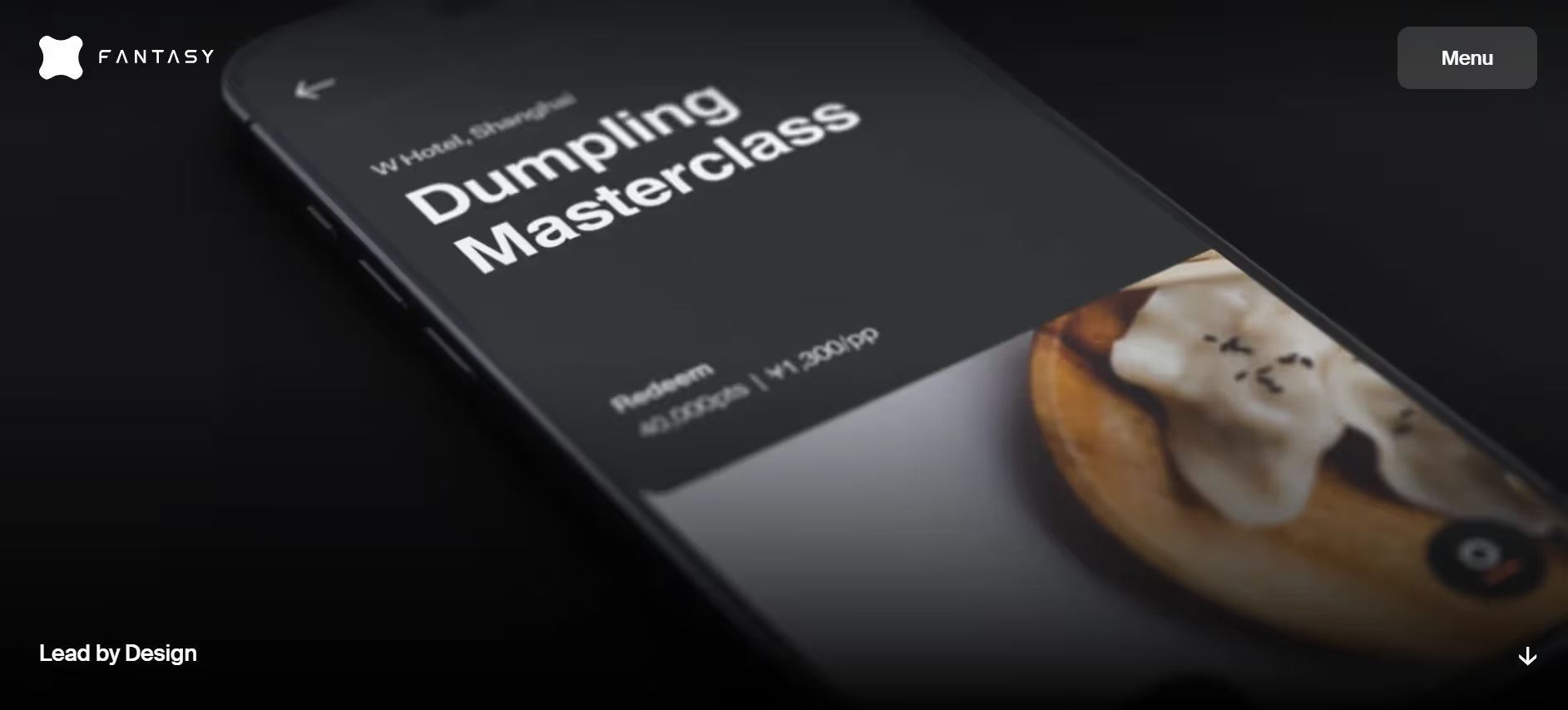
This human‑centered design agency is known for polished user interfaces and rich interactions. They produce visually refined web and mobile apps, blending motion and micro‑interactions without sacrificing usability. Fantasy suits later‑stage startups and enterprises that want a premium feel and have the budget to invest in animations and experimental concepts.
3) Clay

Clay pairs product strategy with design and development. Their team builds everything from brand identities to enterprise software. They’re a good fit for companies that need full‑stack design and development support under one roof. Clay’s strength is consistency across web, mobile and marketing surfaces.
4) Ramotion
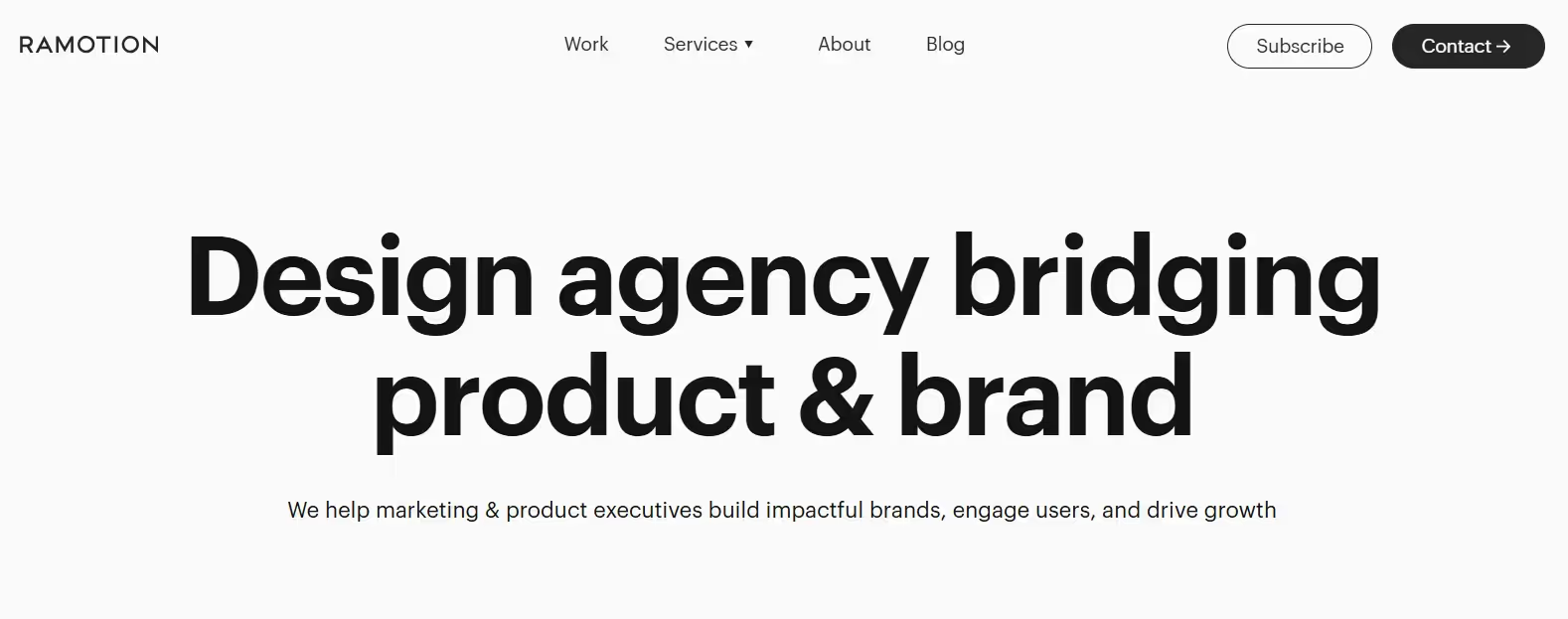
Ramotion focuses on branding and interface design for technology companies. Their work is clean and modern, with an emphasis on scalable systems. They’re ideal for early‑to‑mid‑stage startups that need both a visual identity and a UI library.
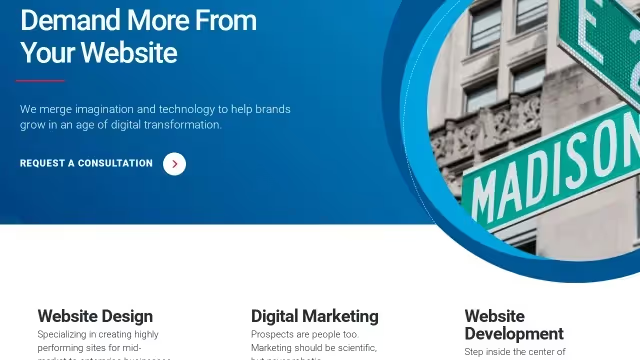
A full‑service agency blending design and marketing. They handle strategy, UI/UX and web marketing to deliver measurable outcomes. Companies looking for a partner who can design a product and drive traffic may find their integrated approach appealing.
6) Thoughtbot
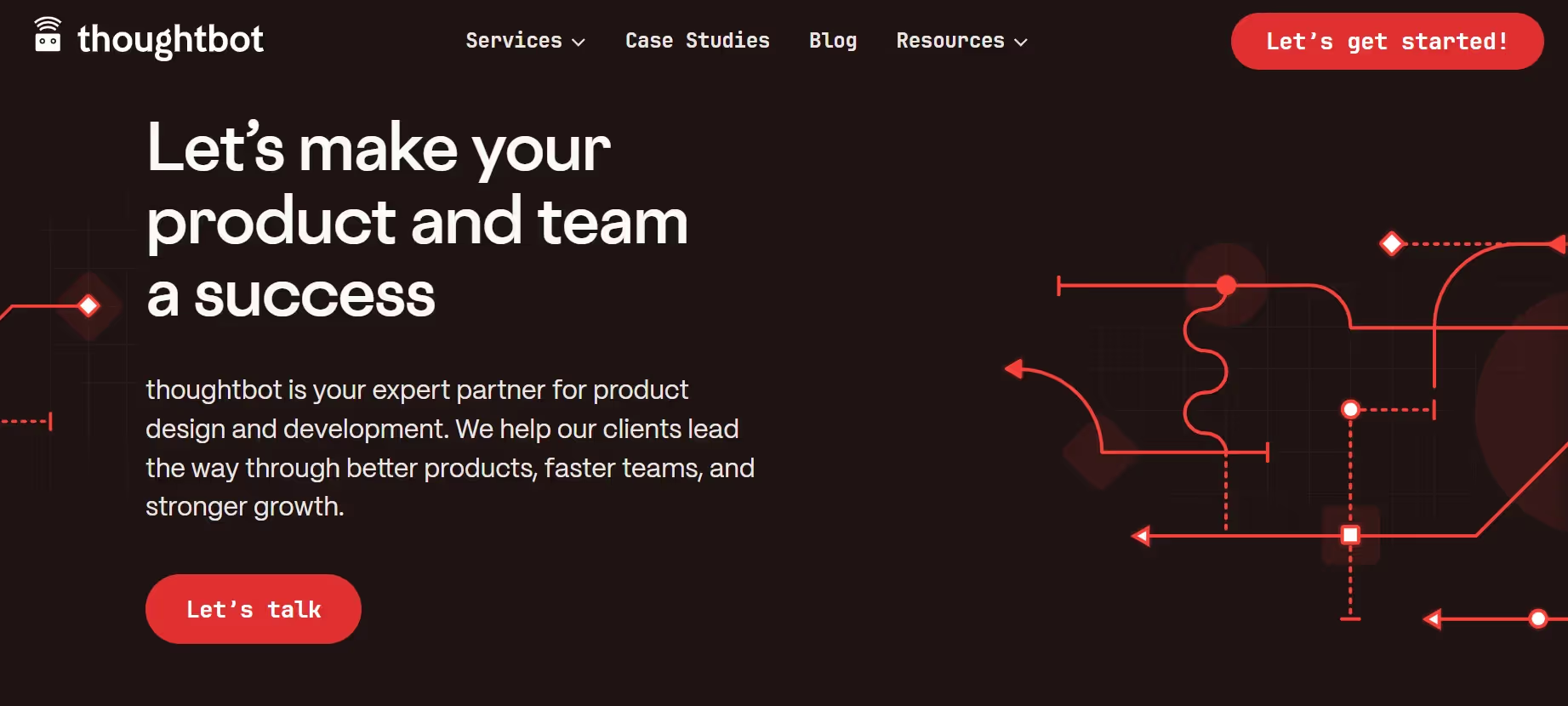
Thoughtbot is a design and development consultancy that specialises in agile product development. They excel at lean UX, rapid prototyping and working closely with founders to validate ideas. Startups looking to test hypotheses quickly should consider them.
7) Big Human

Big Human designs and builds websites, applications and connected hardware. They manage the entire product life‑cycle from concept to launch. Their strength lies in delivering cohesive web experiences across platforms. They’re suited to companies that need design and engineering in one team.
8) WANDR
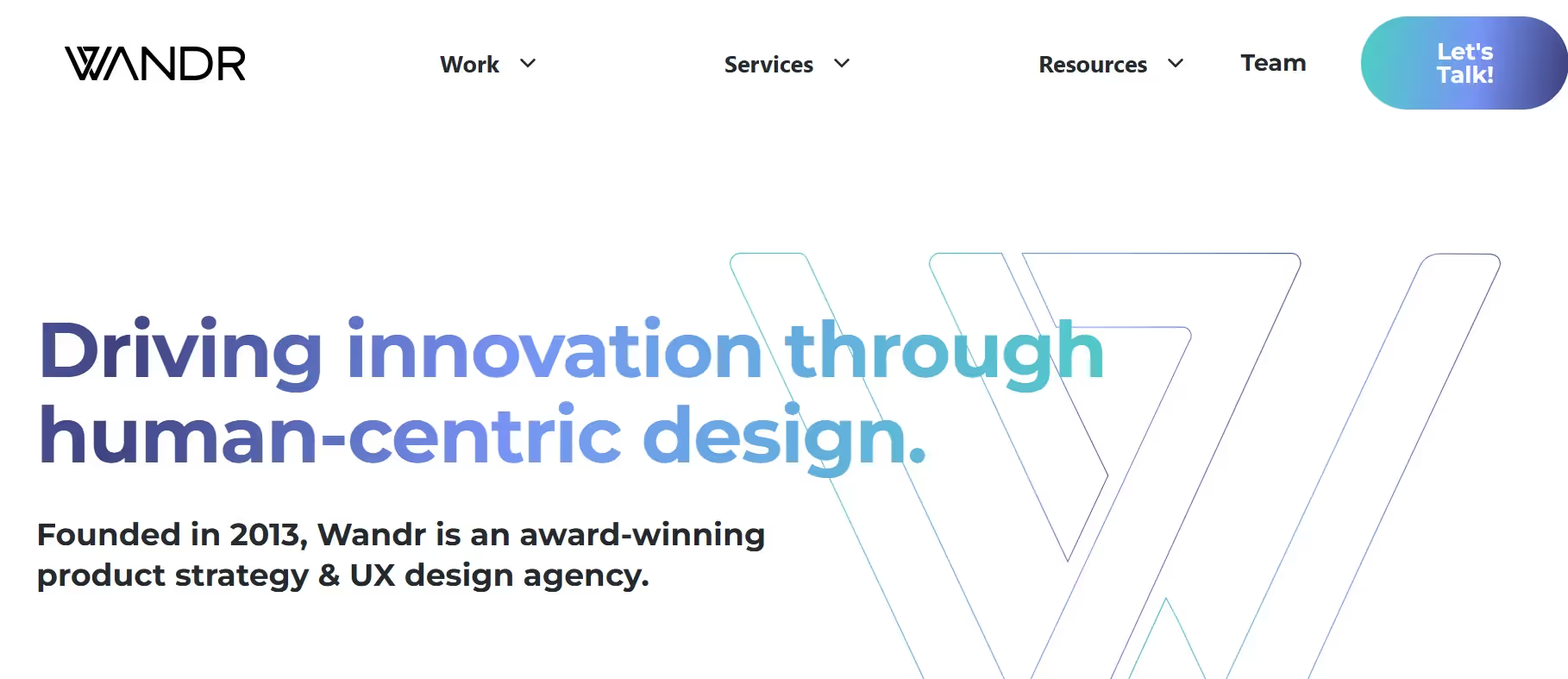
WANDR focuses on product strategy and UX design for SaaS and enterprise software. They conduct thorough user research to inform information architecture and interface decisions. Ideal for teams looking to redesign complex dashboards or improve retention.
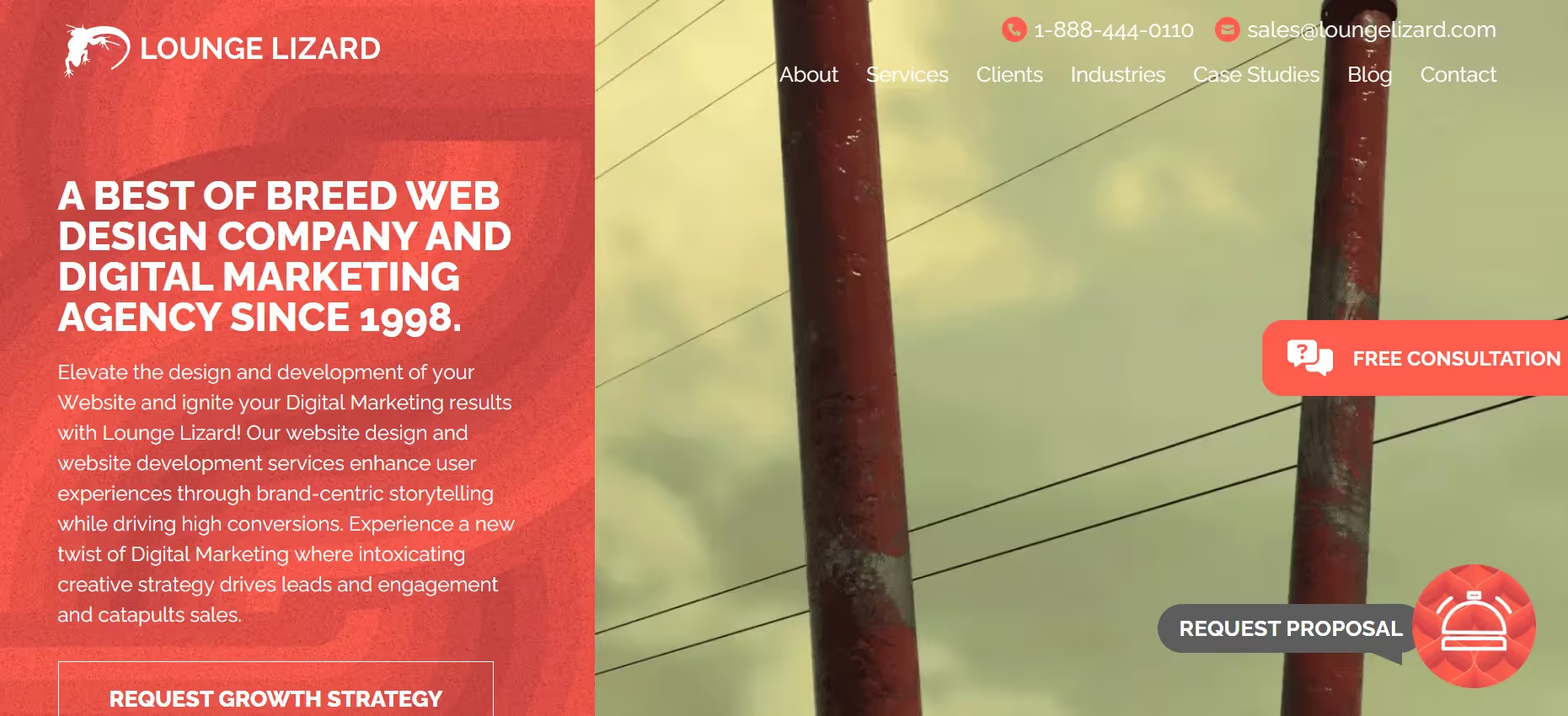
This agency blends branding, technology and marketing. They build websites and mobile apps with a strong emphasis on search optimization and conversion. Lounge Lizard is a fit for companies that need a marketing‑driven design partner.
10) UPQODE

UPQODE offers design and development for small and medium‑sized businesses, specialising in custom WordPress builds. They focus on performance and customer satisfaction. If you need a custom marketing site or simple web app without a huge budget, they are worth considering.
Comparison of Top Web App Design Agencies (2026)
How to choose a design partner?
Your product stage, in‑house capabilities and budget should shape which web app design services you consider.
1) By stage
- Pre‑launch or MVP. At this phase you need lean UX and quick iteration. Look for agencies that offer design‑as‑a‑service or small engagements. Prototyping and user testing are crucial, so choose a team that can build wireframes, run usability sessions and deliver simple flows quickly. Avoid agencies that push heavy branding or large engagements before you have product‑market fit.
- Post‑MVP / growth. Once you have users, focus on performance, onboarding and design systems. A partner that builds component libraries and scales the UI across features helps your product mature. Consider firms like Parallel or Ramotion that excel at system design and onboarding.
- Enterprise or complex products. Accessibility, responsiveness and extensive prototyping matter when your app serves varied roles and devices. Look for agencies experienced in your vertical and comfortable with WCAG compliance. They should provide detailed specs for engineering teams and support long projects.
2) By internal capability
- You have front‑end developers. Prioritise partners who produce organised Figma files with clear documentation and tokens. This reduces friction during implementation.
- No in‑house team. Consider studios that offer both design and build. Firms like Clay and Thoughtbot provide integrated engineering, which can reduce hand‑off risk.
3) By budget
Prices vary widely. Designing a simple marketing site or basic mobile app typically costs between $5,000 and $10,000. More advanced designs range from $15,000 to $20,000, and complex interfaces with deep customisation exceed $20,000. These figures are ballparks; costs depend on the number of screens, interaction complexity and research depth. For full builds including backend and infrastructure, budgets can exceed six figures. Your partner should be transparent about pricing models—fixed‑fee for defined scopes or time‑and‑materials for iterative projects.
Conclusion
Good design isn’t about adding polish; it’s about removing friction and building trust. On mobile, where more than 64 percent of web traffic lives, even a second’s delay can cut conversions. Most top websites still fail basic accessibility tests, so there’s tremendous opportunity for those who do better. Investing in thoughtful interface design and user experience pays off—Forrester research suggests every dollar spent on UX can return up to 100 dollars.
If you’re preparing to launch or overhaul a product, take the time to vet design partners. Look for a team that understands your users, welcomes iteration, and can articulate how their work will improve critical metrics like activation, retention and revenue. Whether you work with Parallel or another studio, the right partner will help you ship faster, onboard users more smoothly and scale with confidence. The right web app design services will amplify your product’s impact.
FAQs
1) How much does it cost to design a website and app?
The cost varies by complexity. A basic marketing site and a minimal viable mobile app can start around $10,000. More features‑rich apps with multiple screens, animations and integrations often cost $50,000 or more. These numbers reflect design costs only; full‑stack development increases the budget substantially.
2) How much do web design services cost?
Simple brochure sites may start at $2,000. Full web app design services that include UX research, UI design, prototyping and responsive layouts typically range from $10,000 to $50,000. Larger projects with complex workflows, dashboards and multi‑role permissions can exceed $100,000. Always ask potential partners how they scope and price to avoid surprises.
3) How much does it cost to build a web app?
When you include design, front‑end, back‑end and infrastructure, budgets range from roughly $30,000 to $250,000+. Factors include the number of features, integrations with other systems, data storage needs and security requirements. For simple internal tools or prototypes you can often spend less; enterprise‑grade platforms cost more.
4) How much does it cost to have someone design an app?
If you only need design (no coding), expect to pay between $5,000 and $20,000 depending on the number of screens and complexity. High‑fidelity prototypes, animations and extensive user research push costs higher. Choosing an experienced team may cost more up front but often saves money later by preventing rework.





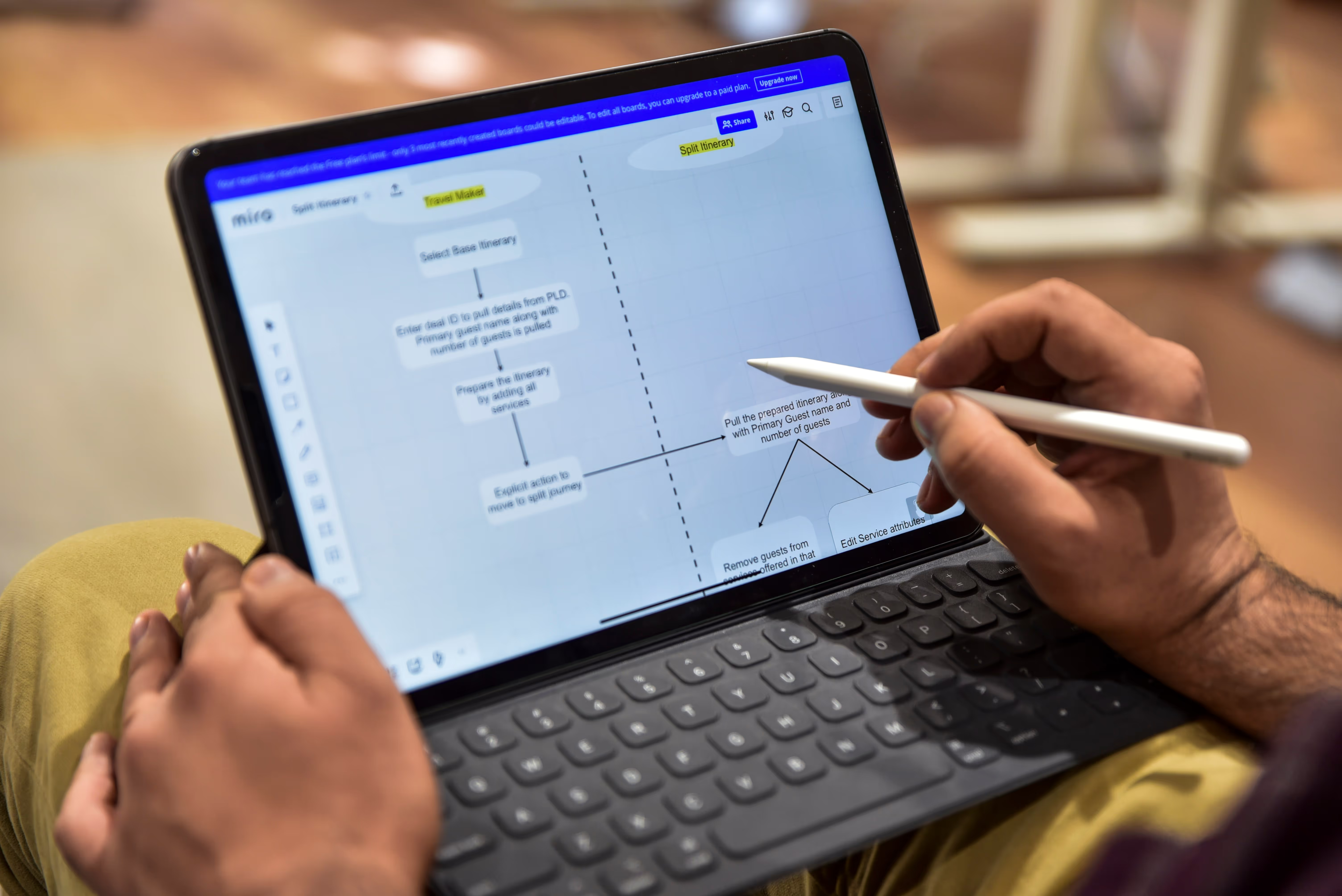
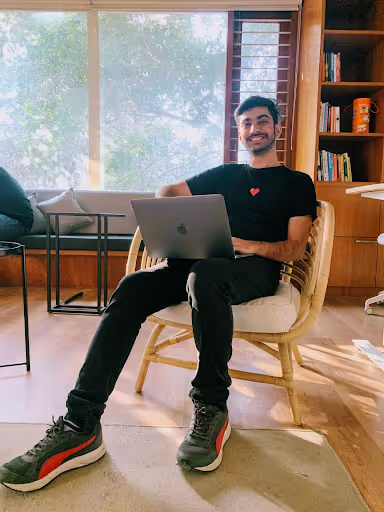

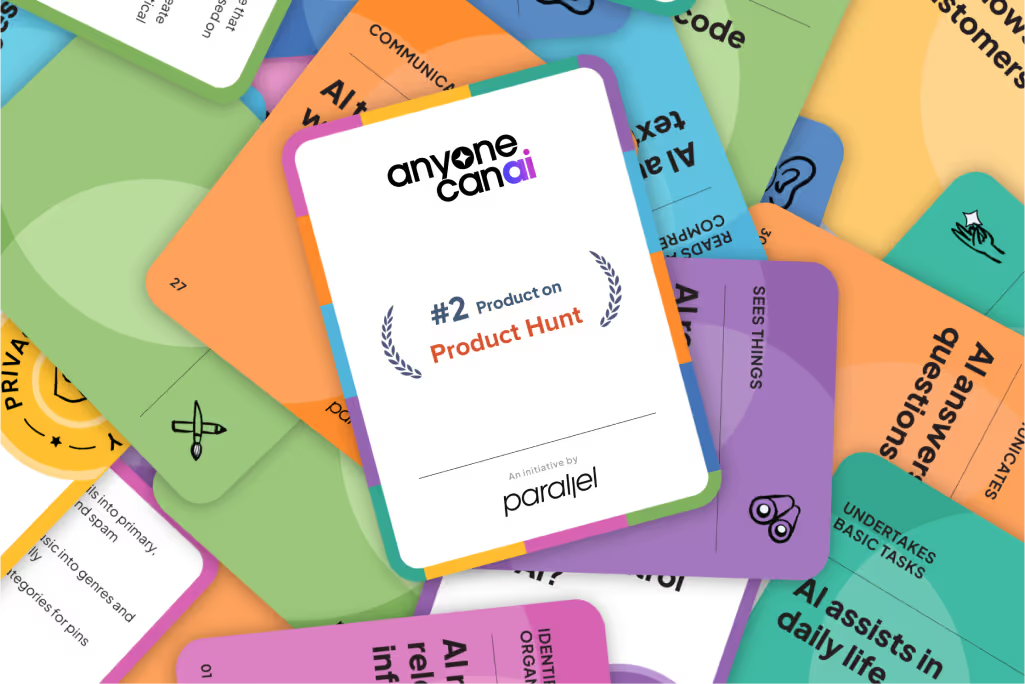

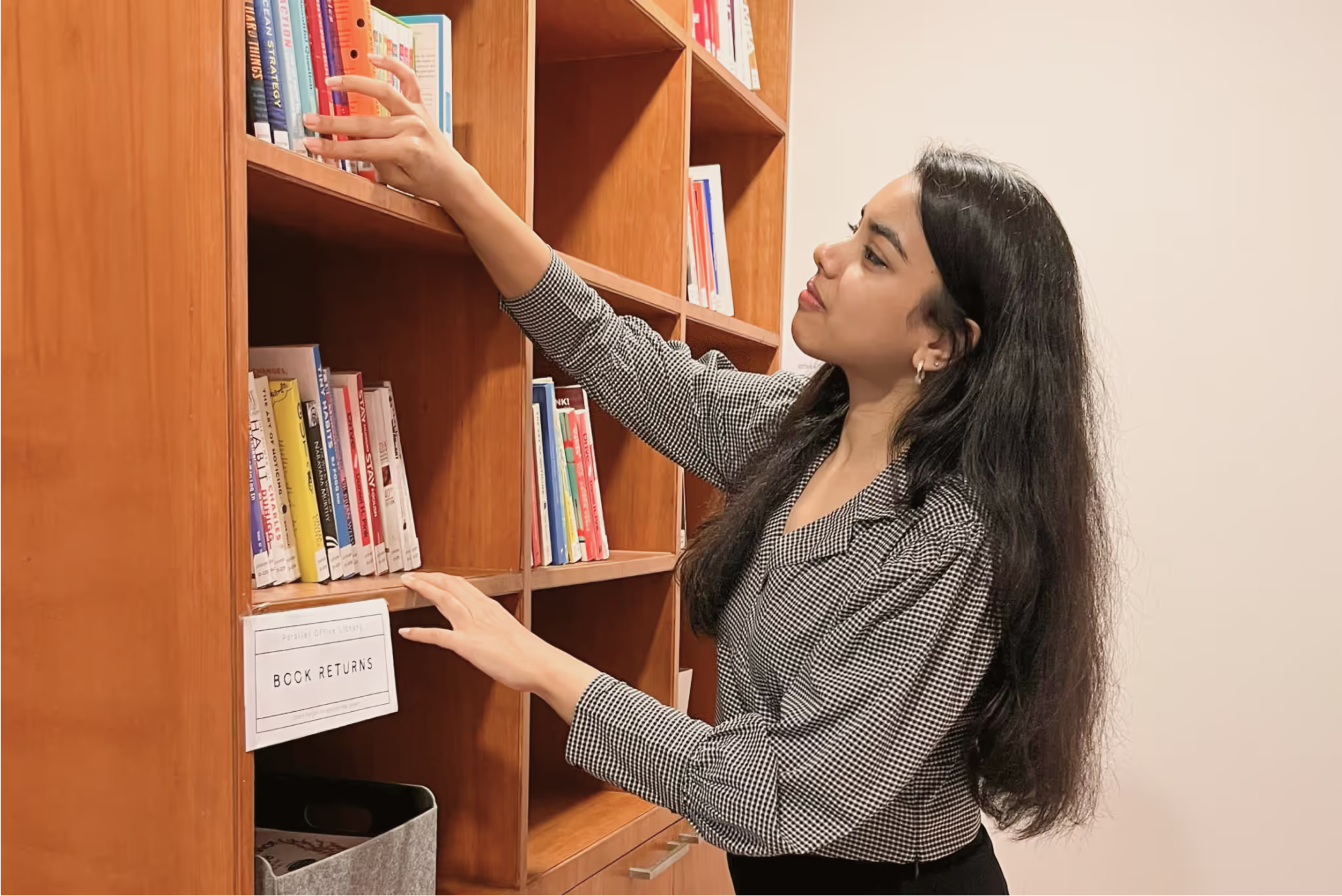
.avif)

